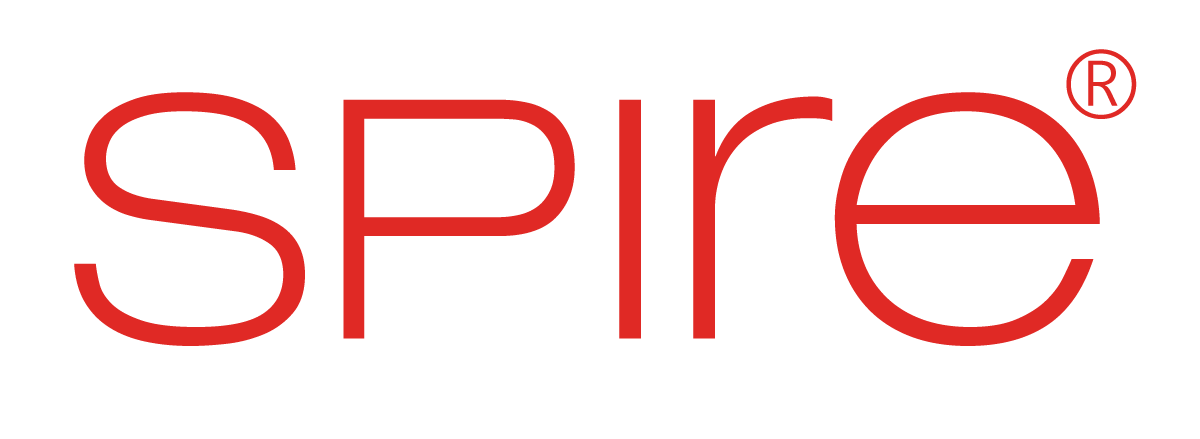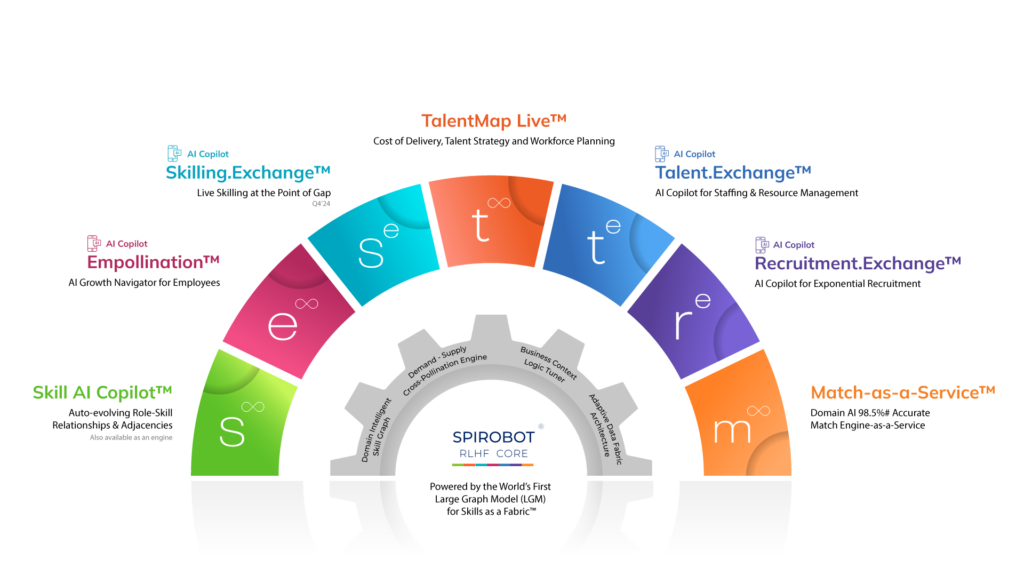Finding the right talent for open positions is a constant challenge for organizations. Traditional recruiting methods often focus on external candidates, leading to more extended time-to-fill periods and increased costs associated with external searches, onboarding, and lost productivity. However, a more efficient and cost-effective approach lies within your organization: your internal candidates.
Developing a robust internal candidate pool can significantly improve your hiring process. Internal candidates already possess valuable institutional knowledge and are familiar with your company culture. They require less onboarding time and can quickly contribute to the team’s success. Additionally, promoting internal candidates boosts employee morale and demonstrates a commitment to career growth within the organization.
Internal candidates already possess valuable institutional knowledge and are familiar with your company culture.
They require less onboarding time and can quickly contribute to the team’s success.
This blog explores various strategies to identify and develop high-potential internal candidates, ultimately reducing time-to-fill and associated costs.
Benefits of Utilizing Internal Candidates
There are numerous benefits to utilizing internal candidates when filling open positions. Here are a few key advantages:
- Reduced Time-to-Fill: Identifying and qualifying internal candidates takes less time than external searches, leading to faster filling of open positions.
- Lower Hiring Costs: Hiring from within eliminates the costs associated with external recruiting agencies, headhunters, and advertising.
- Improved Cultural Fit: Internal candidates already understand your company culture and values, ensuring a smooth transition into the new role.
- Increased Employee Morale: Promoting from within sends a powerful message to employees that career growth opportunities exist within the organization
Benefits of Utilizing Internal Candidates
– Reduced Time-to-Fill
– Lower Hiring Costs
– Improved Cultural Fit
– Increased Employee Morale
The following are strategies to identify and develop high-potential internal candidates –
Leveraging Skills-Based Talent Management
The traditional approach to talent management, heavily reliant on job titles and hierarchical structures, often hinders organizations from fully realizing the potential of their workforce. A skills-based approach, however, shifts the focus to the capabilities and competencies employees bring to the table. This paradigm shift is essential for accelerating time-to-fill with high-potential internal candidates.
Organizations can create a more agile and adaptable workforce by prioritizing skills over job titles. A skills-based talent management strategy involves:
- Comprehensive Skill Inventories: Building a detailed database of employee skills, including hard skills (technical proficiencies) and soft skills (interpersonal abilities). This information is crucial for identifying potential candidates for specific roles.
- Dynamic Skill Mapping: Continuously matching employee skills with evolving job requirements. This enables organizations to identify skills gaps and opportunities for internal mobility.
- Skill-Based Career Paths: Creating career paths based on skill acquisition and development rather than job titles. This fosters a culture of continuous learning and growth.
- Performance Management Linked to Skills: This involves evaluating employees based on their skill development and application rather than solely on job-specific performance metrics. This encourages employees to expand their skill sets.
- Skill-Based Compensation: Considering skills as a key factor in compensation decisions. This incentivizes employees to acquire new skills and enhances the overall skill level of the workforce.
A skills-based talent management strategy involves:
– Comprehensive Skill Inventories
– Dynamic Skill Mapping
– Skill-Based Career Paths
– Performance Management Linked to Skills
– Skill-Based Compensation
A skills-based approach, coupled with advanced technologies like AI, can significantly enhance the effectiveness of internal mobility programs. By focusing on skills, organizations can unlock hidden talent pools, improve employee engagement, and accelerate time-to-fill for critical roles.
Strategies for Identifying High-Potential Internal Candidates
With a clear understanding of your internal talent pool, you can now identify high-potential internal candidates. Here are some effective strategies:
- Performance Reviews: Regularly review employee performance and identify individuals exceeding expectations. Look for employees demonstrating initiative, leadership potential, and a willingness to take on new challenges.
- Succession Planning: Developing a robust succession plan ensures the proactive identification of future leaders and high-potential internal candidates. This plan should map career paths for key roles and identify individuals with the necessary skills and experience for future growth.
- Skills Gap Analysis: Analyze the skills required for open positions and compare them to your existing workforce skill sets. This will reveal potential skill gaps and highlight internal candidates who possess the closest skill sets and are willing to learn and bridge the gaps.
Developing and Upskilling Your Internal Candidates
Once you’ve identified high-potential internal candidates, investing in their development is crucial to ensure they are fully prepared for the target role.
- Mentorship and Coaching Programs: Pair up high-potential internal candidates with experienced mentors or coaches. Mentors can provide guidance and support throughout the development process.
- Training and Development Programs: Offer targeted training programs to help internal candidates develop the specific skills and knowledge required for the target role. Training programs can include online courses, workshops, or on-the-job training opportunities.
- Stretch Assignments: Allow internal candidates to take on challenging assignments outside their current roles. These stretch experiences can help them develop new skills and demonstrate their capabilities.
By implementing these strategies, you can create a robust pipeline of high-potential internal candidates, leading to faster time-to-fill for open positions and a more engaged and productive workforce.
Measuring and Optimizing Your Internal Mobility Strategy
Effectively leveraging internal candidates requires a structured approach to internal mobility. By tracking key metrics and optimizing your internal mobility strategy, you can maximize the benefits of promoting from within.
Key Metrics to Track
To measure the success of your internal candidate program, consider tracking the following metrics.
- Internal Hire Rate: The percentage of open positions filled by internal candidates.
- Time-to-Fill for Internal Candidates: Average time to fill a position with an internal candidate.
- Internal Promotion Rate: The percentage of employees promoted within the organization.
- Employee Satisfaction: Measure employee engagement and satisfaction levels to gauge the impact of internal mobility initiatives.
- Cost per Hire: Compare the cost of hiring internal and external candidates.
By tracking these metrics, you can identify areas for improvement and measure the overall effectiveness of your internal mobility program.
Optimizing Your Internal Mobility Strategy
To optimize your internal mobility strategy, consider the following steps:
- Create a Clear Career Path Define career paths for different organizational roles. This provides employees with a roadmap for their career development and encourages them to seek internal opportunities.
- Employee Development Programs: Invest in comprehensive employee development programs to equip employees with the skills needed for career advancement.
- Transparent Communication: Maintain open communication about internal job opportunities. Utilize internal job boards or employee portals to share available positions.
- Managerial Support: Encourage managers to support employee development and internal mobility. Provide managers with training on how to identify and develop high-potential internal candidates.
- Performance Management: Link performance management to career development. Use performance reviews to identify employees ready for promotion or new challenges.
- Employee Surveys: Conduct employee surveys regularly to gauge interest in internal mobility and identify any barriers to career advancement.
Optimizing Your Internal Mobility Strategy
– Create a Clear Career Path
– Employee Development Programs
– Transparent Communication
– Managerial Support
– Performance Management
– Employee Surveys
The Role of Technology in Internal Mobility
Technology has become an indispensable tool in optimizing internal mobility strategies. By leveraging advanced platforms and data analytics, organizations can streamline processes, enhance decision-making, and create a more dynamic and engaging employee experience.
Talent Marketplaces
A cornerstone of modern internal mobility is the talent marketplace. These digital platforms connect employees with internal opportunities, fostering a culture of internal movement and skill development. Talent marketplaces typically offer features such as:
- Skill mapping: Identifying employees’ skills and matching them to available roles.
- Career pathing:Providing clear career progression paths for employees.
- Opportunity discovery: Enabling employees to explore potential career moves.
- Performance data integration: Linking performance metrics to internal mobility opportunities.
AI-Powered Matching
Artificial intelligence (AI) can revolutionize how organizations match employees to suitable roles. AI algorithms can analyze vast amounts of data, including skills, experience, and performance, to identify potential matches with unprecedented accuracy. This technology saves time for HR teams and increases the likelihood of successful internal placements.
Skills Management Systems
Effective internal mobility relies on a clear understanding of employee skills. Skills management systems help organizations track and develop employee competencies. Organizations can create targeted training programs and identify employees ready for new challenges by analyzing skill gaps and identifying potential development areas.
Analytics and Insights
Data-driven insights are essential for optimizing internal mobility programs. Advanced analytics tools can provide valuable information about employee movement patterns, career progression rates, and the impact of internal mobility on overall business performance. These insights can be used to identify areas for improvement and measure the return on investment of internal mobility initiatives.
Employee Self-Service Platforms
Empowering employees to take control of their career development is crucial for successful internal mobility. Employee self-service platforms provide employees access to their skill profiles, career paths, and development opportunities. These platforms also enable employees to search for internal job openings and apply for positions, streamlining the process and increasing employee engagement.
By harnessing the power of technology, organizations can create a more agile and responsive workforce. By investing in the right tools and platforms, companies can build a culture of internal mobility that drives employee satisfaction, retention, and business success.
Spire.AI – Your Technology Partner for Internal Candidate Mobilization
Spire.AI is a leading example of such a system, offering an AI Copilot for Talent that empowers organizations to transform into Skills-Based Organizations (SBOs). Spire.AI’s full-stack SaaS talent solutions feature an integrated, adaptive, and transparent domain-intelligent Generative Skills AI Platform.
Here’s how Spire.AI helps with internal candidate mobilization:
- Auto-Evolving Role-Skill Framework: Spire.AI automates the creation and maintenance of role-skill frameworks. This framework identifies the specific skills required for every role at various levels (base, enhanced, expert). This removes the guesswork from matching internal candidates to open positions.
- Automatic AI-generated Employee Skill Profiles: Spire.AI gathers data from various sources to build comprehensive skill profiles for approximately 83% of your employees. This eliminates manual skill mapping and ensures a complete picture of your internal talent pool.
- Talent Marketplace: Spire.AI facilitates an internal talent marketplace where employees can discover new opportunities based on their skill sets. This promotes internal mobility and provides a platform for internal candidates to showcase their capabilities.
Conclusion
Organizations can significantly reduce time-to-fill, lower hiring costs, and boost employee morale by prioritizing the development and utilization of internal candidates. You can create a high-performing organization with a strong talent pipeline by implementing a structured internal mobility strategy and leveraging technology.
Spire.AI’s AI-powered talent solutions offer a comprehensive approach to internal mobility, empowering organizations to unlock the full potential of their workforce. By leveraging Spire.AI, you can accelerate your journey to becoming a Skills-Based Organization and achieve tremendous success in your talent acquisition and development efforts.






